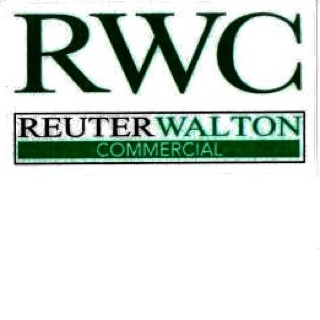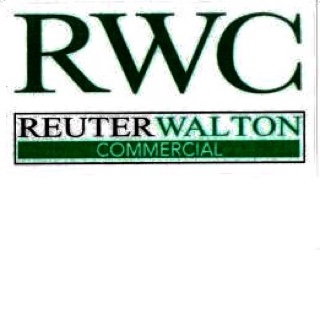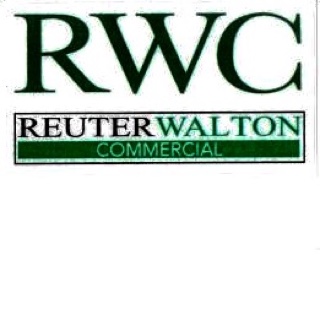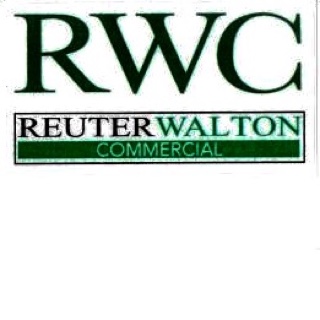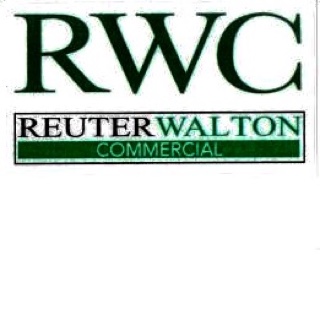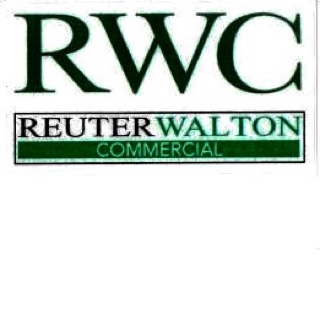Information
-
Document No.
-
Audit Title
-
Client / Site
-
Conducted on
-
Prepared by
-
Location
-
Personnel
Above Grade Masonry. This inspection report should verify all masonry is being installed per plans and specifications. Each inspection should also include several photos.
-
All masonry is being installed per manufacturer's installation instructions and Architectural plans and specifications.
-
Wall ties are properly fastened to the structure at correct frequency.
-
Butyl tape is installed behind brick ties as recommended by building wrap manufacturer.
-
Through wall flashing installed properly with stainless steel drip.
-
Through wall flashings are installed above grade/landscaping. Review building elevations to confirm no flat work (IE: sidewalks, stoops, etc.) or grade changes will cover through wall flashing.
-
Through wall flashings are installed over windows and doors with end dams, weeps and mortar net.
-
End dams are installed wherever through wall flashings terminate. (IE: aluminum storefronts, hollow metal door frames, above windows and doors etc)
-
Weeps are installed per plan and spec with proper spacing. RWC best practice is to install weep vents in lieu of rope weeps where possible at top and bottom of brick veneer cavity.
-
Butt joints at precast cap material are raked back to receive caulk
-
All horizontal flashings on top of masonry are overlapped a minimum of 4" with two beads of sealant.
-
Mortar net is being installed as specified (wherever through wall flashing is installed: at base of wall, window and door heads etc)
-
All penetrations through building wrap are properly sealed prior to brick installation.
-
On a wood framed structure, allowances are being made for lumber shrinkage (IE: at windows and doors)
-
HVAC units are properly flashed
-
HVAC units' condensate drip line extends a minimum of 1/4" past finished face of brick.
-
Masonry photos posted to the share drive?
-
